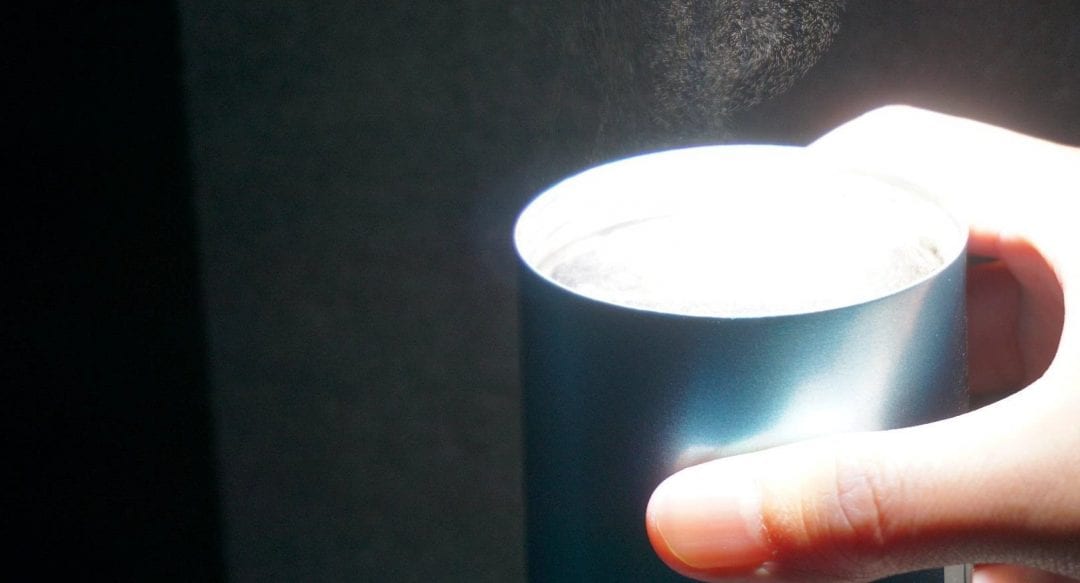The shortage of freshwater and sanitation is one of the most pervasive challenges afflicting people throughout the world. It is predicted that by 2025, over half the world’s nations will face freshwater stress, and by 2050, ~75% of the world’s population could face water scarcity. Membrane-based water purification and desalination is currently the dominant technology, which is expensive to operate, and usually energetically demanding with serious environmental costs. Therefore, it is essential to develop technologies for economic and sustainable disinfection and decontamination of water, (i.e., at lower cost, lower energy consumption and smaller environmental impact). To address this need, successful demonstration of a cost effective, portable solar steam generation system with no electrical input has become a topic of increasing interest in recent years.
Researchers from the University at Buffalo, Fudan University and the University of Wisconsin demonstrate an efficient strategy using extremely low-cost materials, i.e., carbon black (powder), hydrophilic porous paper and expanded polystyrene foam. This type of solar still system eliminates the costly and cumbersome optical concentration modules used in conventional solar steam generation techniques, while enhancing the efficiency by suppressing unnecessary heating of the bulk water.
A record thermal efficiency of ~88% was obtained under one sun, corresponding to the evaporation rate of 1.28 kg/(m2·h). According to experiments performed in outdoor environments, the fresh water generation rate was more than twice of that of a leading commercial product, generating up to 10 liters of clean water per day using a 1 m2 array under regular sunlight. Importantly, the system offers the potential to purify the water as it is generated, enabling the production of drinking water for personal use. It represents a revolutionary product that surpasses conventional products both in performance and price. This is particularly attractive for addressing the challenges of global freshwater shortages, especially in developing regions and in areas affected by natural disasters where drinking water supply is temporarily interrupted.
To read this article and much more go to our new Open Access Journal Global Challenges.

















